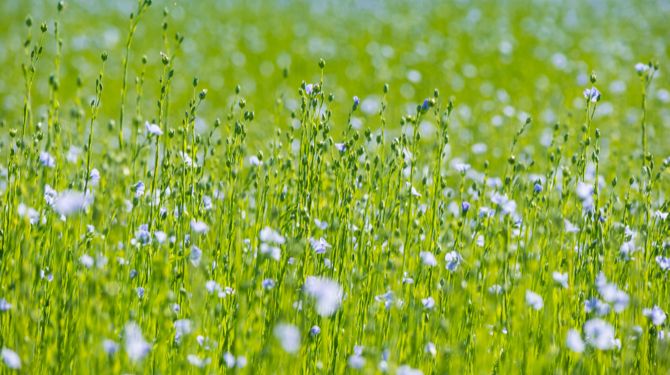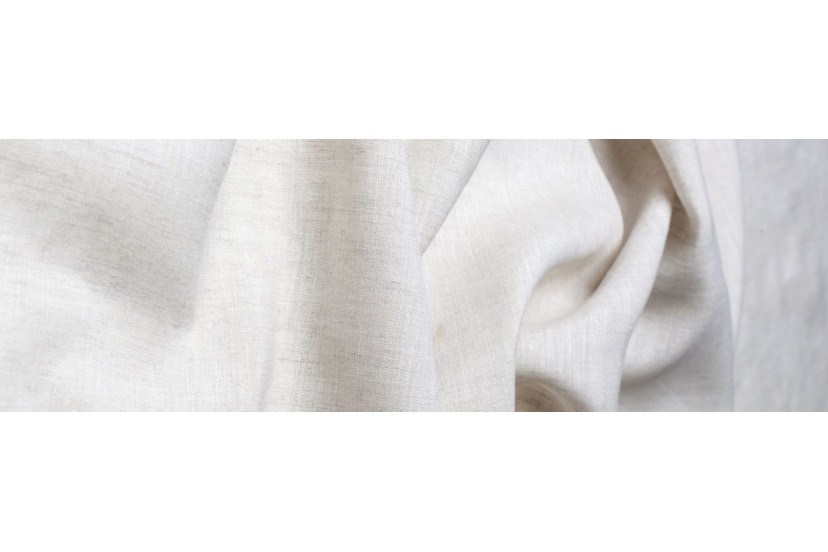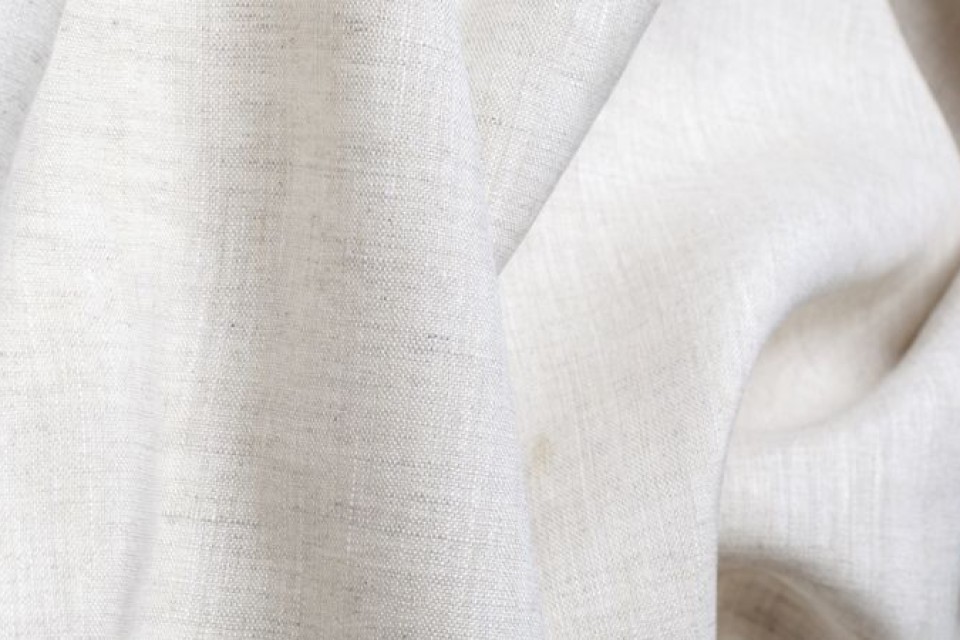Linen is an inherently European product. There are 10.000 companies in 14 European Union countries involved in the process, from growing the flax plants to creating the beautiful linen products we all have learned to love. Its involvement in our lives is everywhere, even in our vocabulary. The word 'line" comes from linen, because straight lines were determined using linen threads since before rulers and pencils were a thing.
Our own
This proximity has created a unique industry, with professions that range from growers to weavers, from knitters to traders, that encompasses every possible company, from the smallest corner stores to the largest factories. Linen is intertwined with the social fabric of the land.

A rare and special
Flax is rare. It creates strong and absorbent textiles that dry faster than cotton, and its flexibility has resulted in several different usages through time. It has been used for book covers, apparel fabrics and high fashion. It has even been used to make bank notes.
Its finest usage, however, is for clothes and bedding. Its manufacturing may be laborious, but the end result is a garment that feels fresh and cool to the touch. This is due to linen's natural conductivity (the same quality that makes metal feel cool to the touch).
Right now, 80% of the world's production of the flax fibres that make linen comes from Europe. France is the greatest producer in the world. It is a product that is remarkable for its qualities, its history and its connection to the people who make it.









